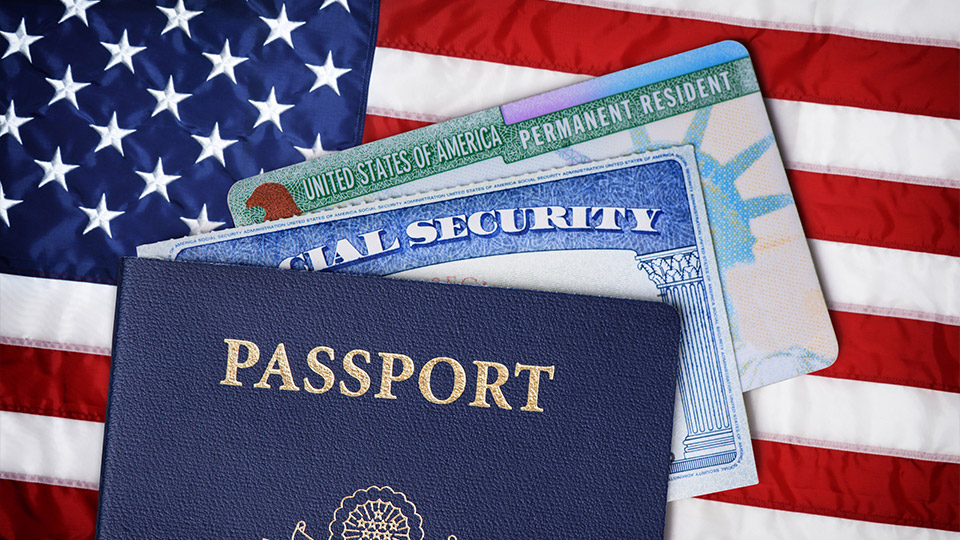On February 18, 2021 the White House revealed a new immigration bill that includes a proposal for a new pathway to citizenship for roughly 11 million people who are currently living in the United States without a legal status. The U.S. Citizenship Act of 2021 reflects the goals the president outlined and discussed in his executive order on his first day of office with the overarching goal being to eliminate restrictions on family-based immigration and expand worker visas. The bill calls for $4 billion over the course of four years in order to meet the goals of confronting corruption and enhancing security and prosperity for migrant families.
The proposed bill would include, but is not limited to, the following provisions:
- Established an 8-year path to citizenship for undocumented immigration who arrived into the United States by January 1, 2021.
- Replace the word “alien” with “non-citizen” in law
- An expedited path to citizenship for farm workers and undocumented young people who arrived in the United States as children with temporary protected status under DACA.
- Increase the per-country cap on family and employment-based legal immigration numbers
- Expand the trans-national antidrug task force between the United States and Central America
- Increase funding for technology at the southern border
- Get rid of the penalty that is currently in place that punishes undocumented immigrants who leave the United States from returning back for three to ten years.
Furthermore, if the bill passes, the following groups would become immediately eligible for green cards and could apply for citizenship after three years:
- Farmworkers
- People with Temporary Protected Status
- Those who arrived in the U.S. as children and are protected by DACA
Others would need to wait five years under a provisional status to apply for a green card, and then three more years to be eligible for citizenship.
Congress has not passed a large and comprehensive immigration reform bill as such in decades. The last time a bipartisan bill was passed was in 2013. Passing this legislation is going to be challenging, despite several lawmakers saying they will try to push the legislation through. While Democrats have the House Majority, they would need at least 10 Republicans supporting them for the bill to pass. However, many Republicans have expressed hesitation to the bill for many reasons, including how broad in scope the bill is. They want to see immediate progress and think that a piecemeal proposal might be more effective. This comes from a failure in the past to pass large-scale immigration reform and the fact that right now we are in a highly polarized, divided Congress. The fact that it is one large comprehensive bill means there are a lot of different components. Some Republicans who come from large agricultural communities are interested in how it would impact farmworkers, while those who come from large cities where technology is at the forefront are more concerned about that part of the legislature.
Some concerns from Republicans include the lack of focus on increased border enforcements. Past efforts to greatly change immigration have always had a focus on increasing border security. On the contrary, the proposed bill adds resources to process migrants legally at ports of entry and invests $4 billion over the course of four years in distressed economies to prevent people from fleeing the United States because of security and economic crises. Other concerns include this not being the right time to introduce immigration legislation. With the country continuing to suffer from and deal with the effects of COVID-19, many Republicans are arguing that COVID-19 should be the main focus.
The bill faces many obstacles and hurdles ahead, but Democrats are confident that some sort of compromise can and will be reached in the near future.



